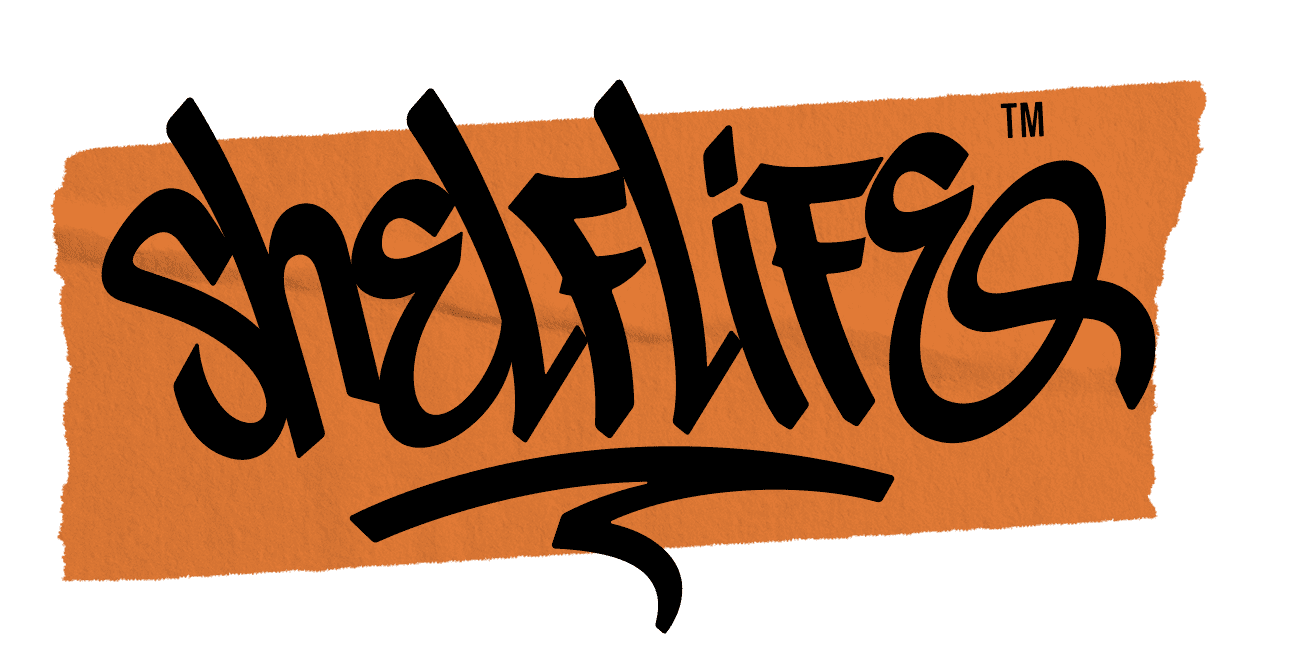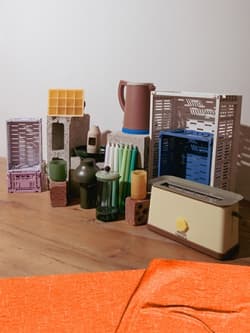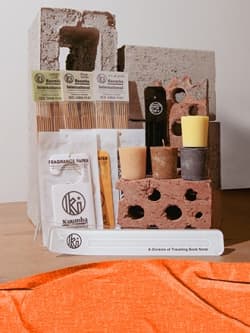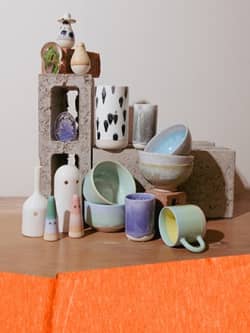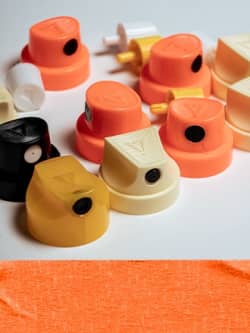Looking back on ICTAF23

We caught up with a few of the local and international exhibitors at ICTAF23 to find out about their works on display, their experience exhibiting and what stood out to them at the 10th edition. Here’s the lowdown on this year’s Fair.
The Investec Cape Town Art Fair, the biggest of its kind in Africa, is widely considered to be the city’s premier contemporary art event and offers visitors a unique window into its cross-continental creative landscape.
The 2023 edition marked a decade of the esteemed event, playing host to more than 100 participating exhibitors, 23 000 visitors, and 6000 VIPs, with the theme being “the notion of time”. The Fair featured five eclectic sections, namely Tomorrows/Today, SOLO, Past/Modern, EDITIONS, and ALT, exploring this concept to highlight the Fair’s journey and impact over the last decade.
Tomorrows/Today At A Glance
In this section, exploring themes of love, affection, and suffering while showcasing future masterpieces by rising exhibitors, we caught up with Zimbabwe-born, 2021 Ritzau Art Prize winner Micha Serraf and multidisciplinary Spanish artist Gino Rubert.
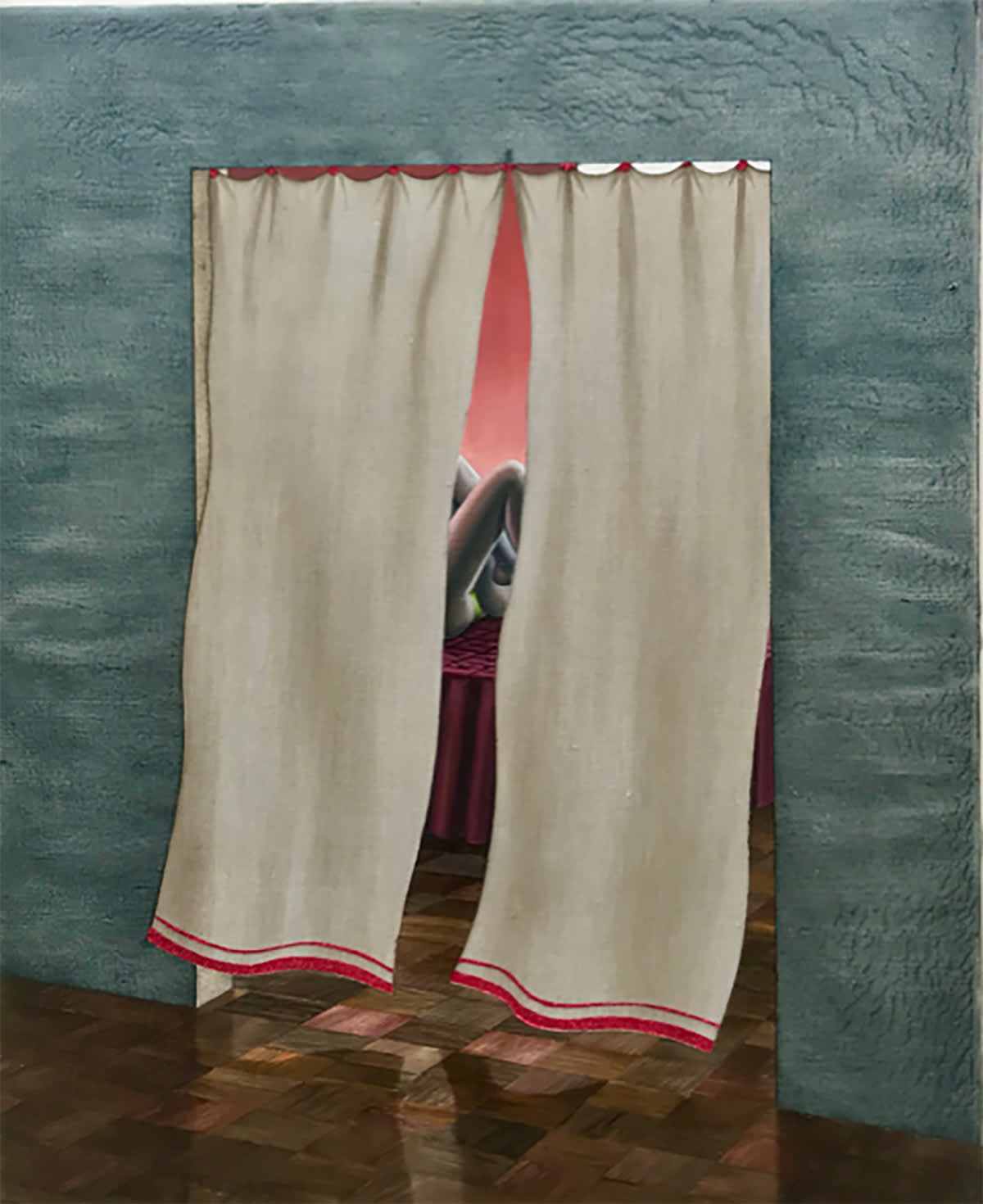
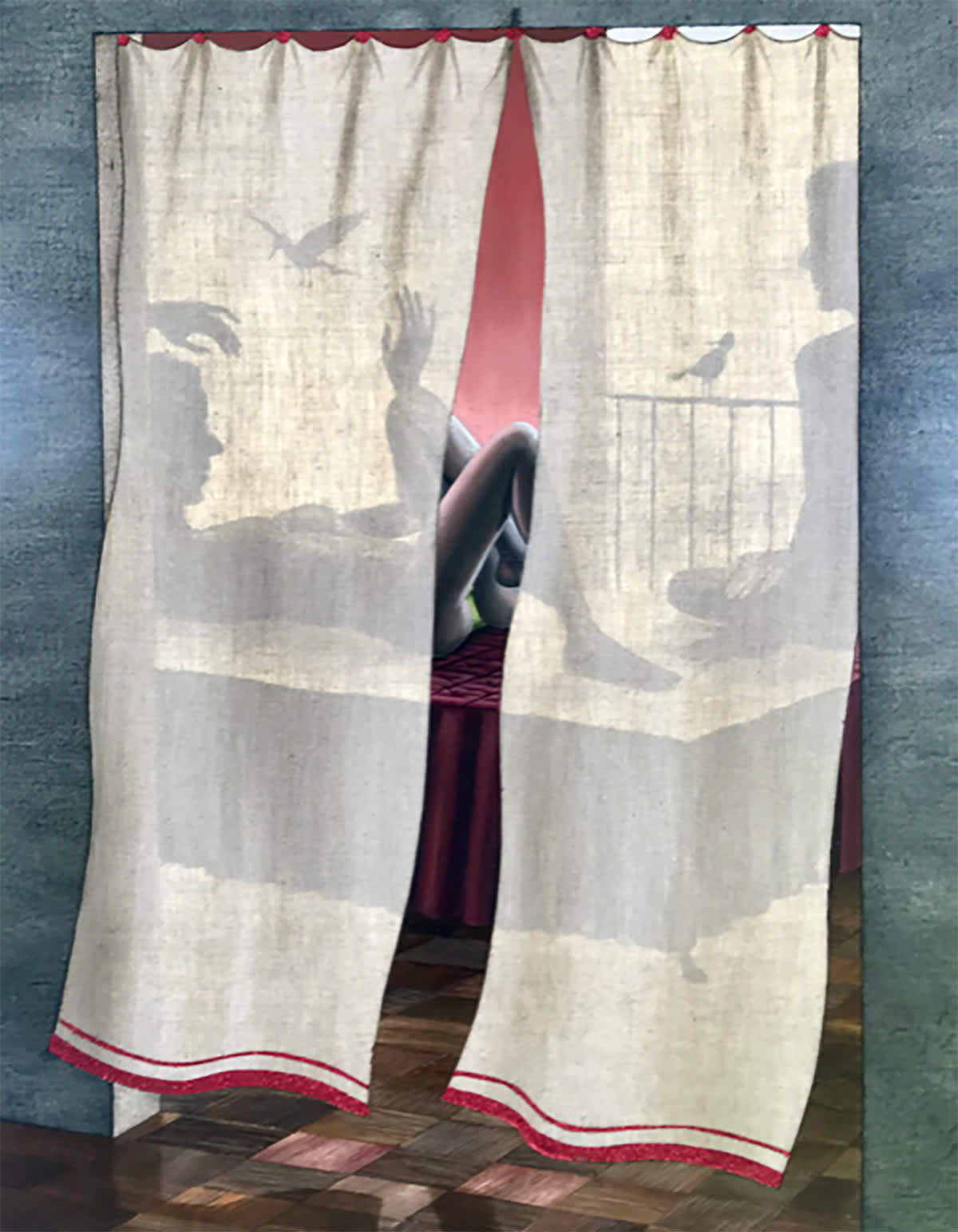

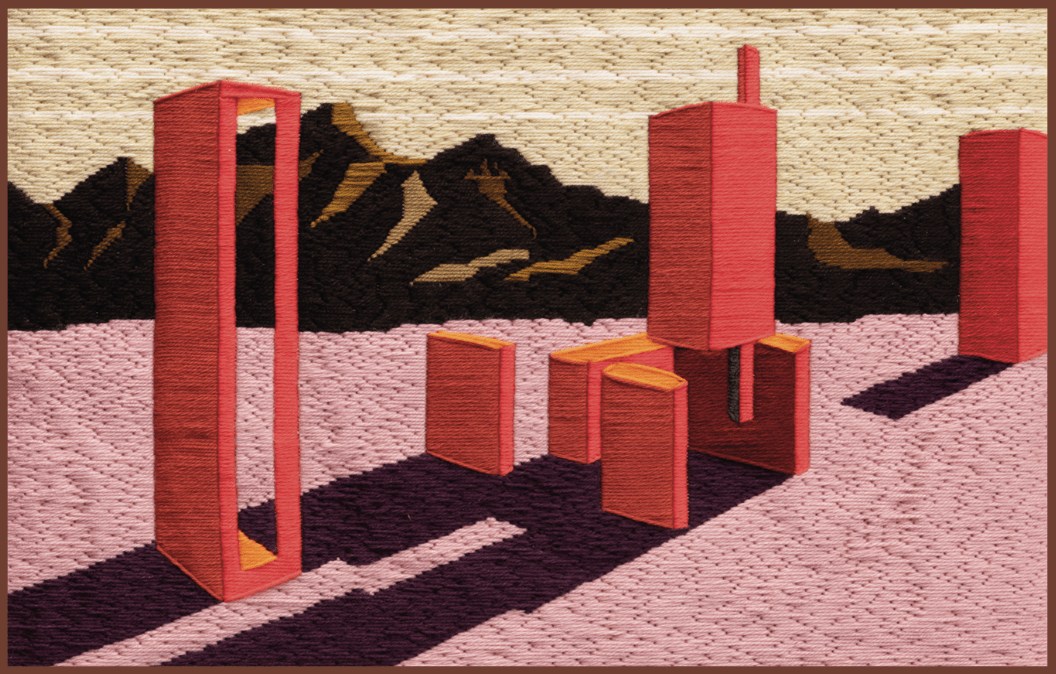




Serraf, whose Moroccan kitchen-inspired stall received an honourable mention for best booth, had a mix of wistfully surreal photography and hand-sewn textiles on display. The photos depict African landscapes which are now restricted spaces, like military bases, while interrogating the fleeting nature of nostalgia and the concept of land access in Africa. Only the descendants of colonial families have access to these spaces and Serraf, who has Shona ancestry, feels an innate connection to them.


“The tapestries are an abstraction of the photographs and the photographs are an objective documentation of the truth,” Micha explains. “Although the images look very calm, if you know where the images were photographed, there’s this underlying sense of hostility.”




Similarly, Gino Rubert’s brooding and ethereal Desire Shinings series plays with the notion of duality. “The paintings explore the concept of desire through a very obvious element, maybe, which is the curtain. It’s all about the relationship between being in front of and behind the curtain,” Gino reveals.
MAIN Up Close
In the Main section, which showcases contemporary art by leading galleries from around the globe, works by Rwanda-born artist Jean Luc Iradukunda and Mozambican Nelsa Guambe offered parallel themes.

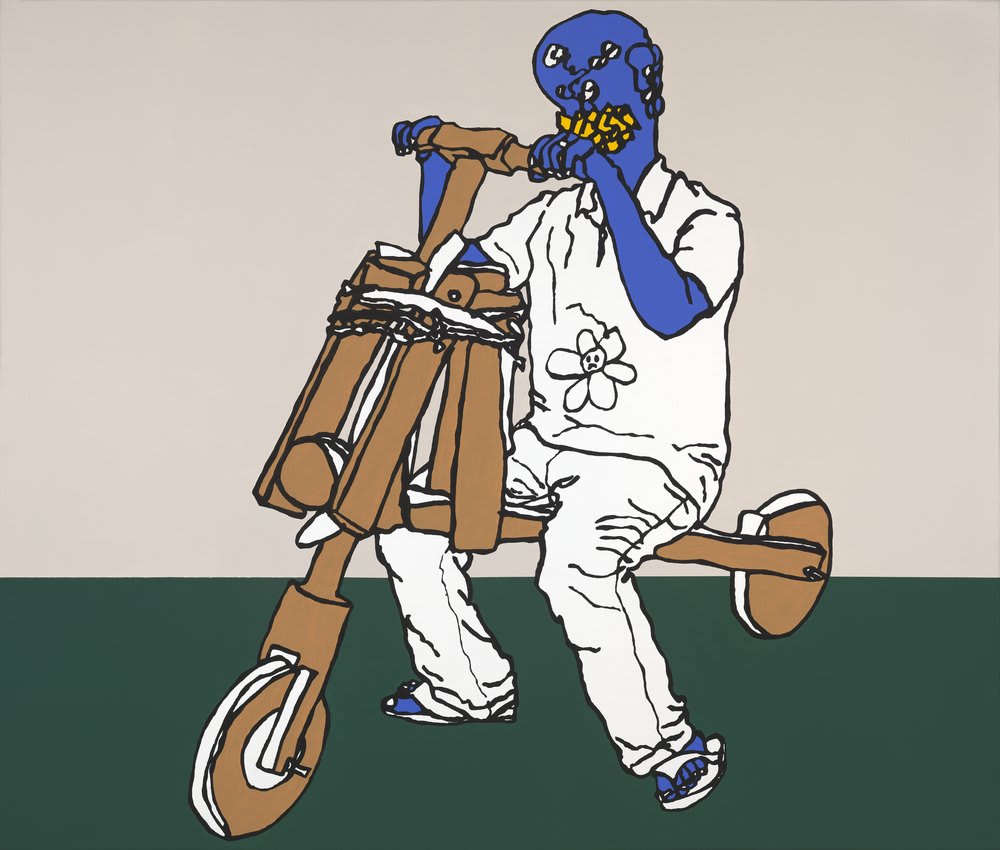


Iradukunda's Fauvist-inspired paintings ‘Love of Country I and II’ form part of a broader series of works, based on the Rwandan national emblem. "I left Rwanda as a refugee with my family, so these pieces are sort of reflecting on that emblem, which doesn’t have the same positive elements anymore," Jean Luc explains
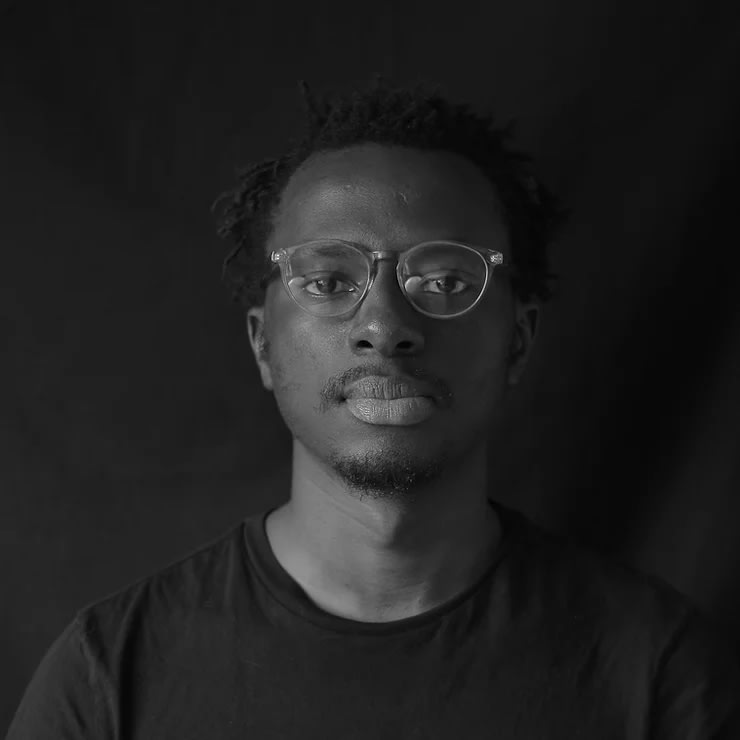

“When my father left, he was 36, he’d built a life and he had to abandon that. I was 8 years old and the only things I cared about were these big wooden bikes called Icuguti. The pieces highlight the difference,” he adds.
Nelsa Guambe's ornate patterned portraits on repurposed sails also ruminated on the passage of time and identity. She started collecting them after the devastating cyclone Dineo hit her home village Chicuque, where she found damaged sails littered throughout. “The fact that one could reuse that material after such a loss seemed significant. I thought I should give a new life to them in another space”, Nelsa explains.


The paintings she creates on these sails are usually portraits of herself or her sister, which came about during introspective moments during the early stages of the pandemic. “My representation on this material was important to me; As a young woman, one goes through these processes where you have to renew yourself – just like the sails I collected,” she reflects.


Berlin-based Mathias Hornung exhibited geometric woodblock installations and digital melt prints bearing a passing resemblance to skyscraper facades. The works reflect the imminent "fall out" from the even grid of life and the tense atmosphere pervading Europe following the Russian invasion of Ukraine.
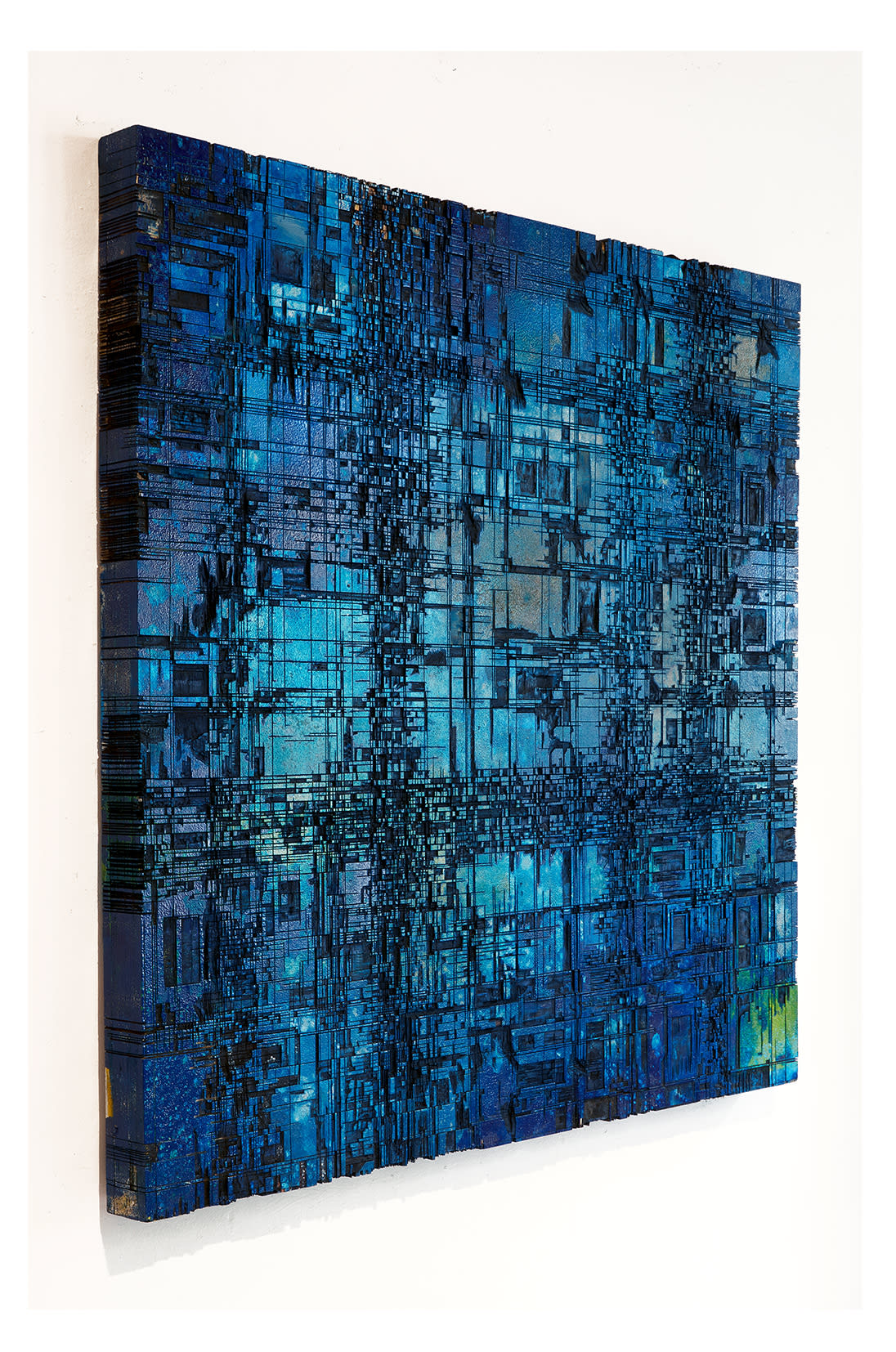

Mathias believes these works to be influenced by photos of disfigured buildings. “I’m very focused on what’s going on in Europe with the war because it’s so close to where I’m living,” he reveals. “I would say some of the pieces I created during the lockdown try to represent this. Some of them are much more damaged now.”
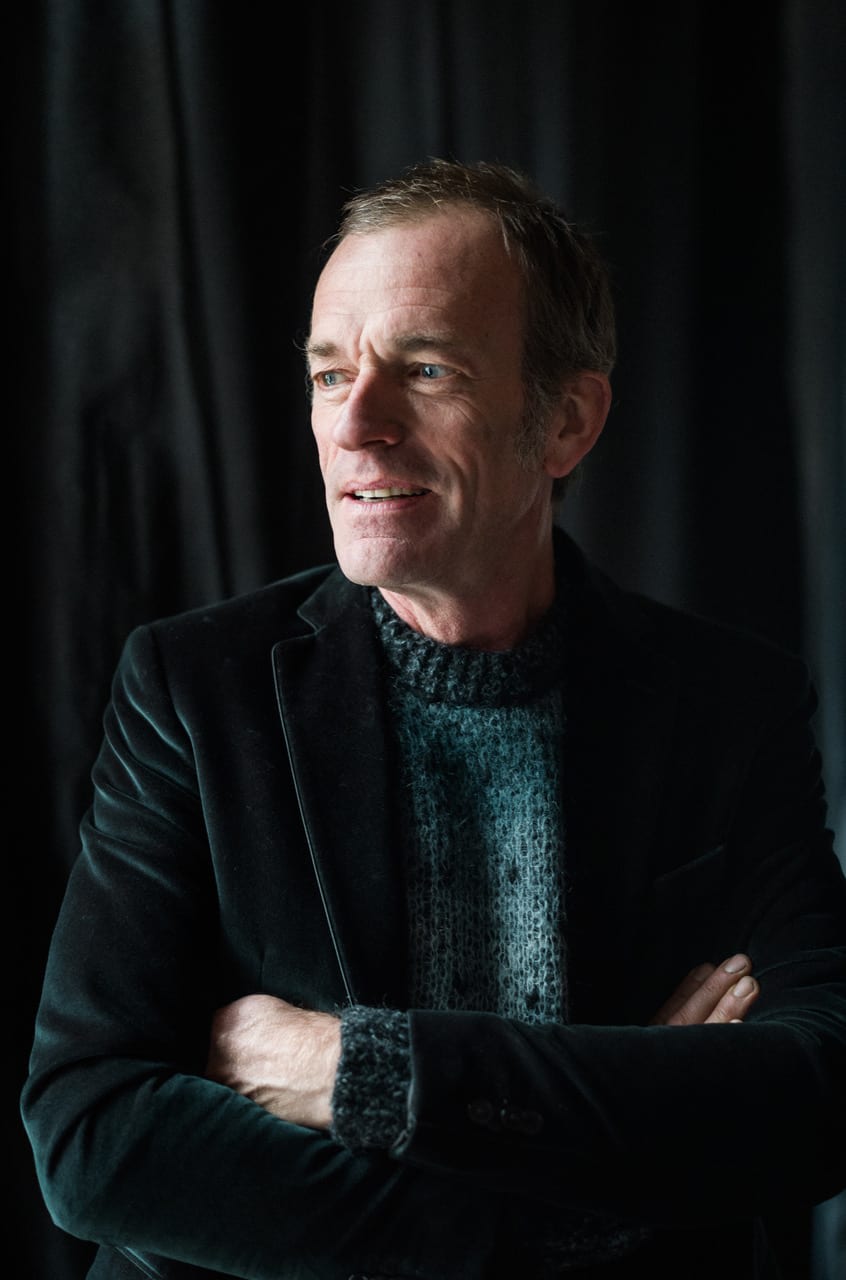

Time’s Labyrinth, SOLO
SOLO examined the relationship between drawing and photography, a concept Hugh Byrne's playfully inventive installation aims to explore further.
His work sways between painting, assemblages and sculpture, with this particular body representing a visual train of thought and each piece serving as a response to what came before it.
"For me, it’s a very honest representation of the artwork. You can see the screws, the nails and how I’ve bound the wooden structures onto the canvas," the artist elucidates. "It’s also kind of a question, like ‘what is a painting, what is the framing?’, you know? These things are just objects."


In its 10th year, ICTAF elicited an overwhelmingly positive response from the artists who spoke with us about their experience exhibiting. Many highlighted its size, the diverse works on show, and the excitement surrounding the occasion as positive aspects. As Hugh put it, "It feels like Cape Town and African art are being represented, because it’s serious, it’s professional and people are noticing. It’s a great space and I think it’s necessary."
Article by: Neil Büchner Jr
